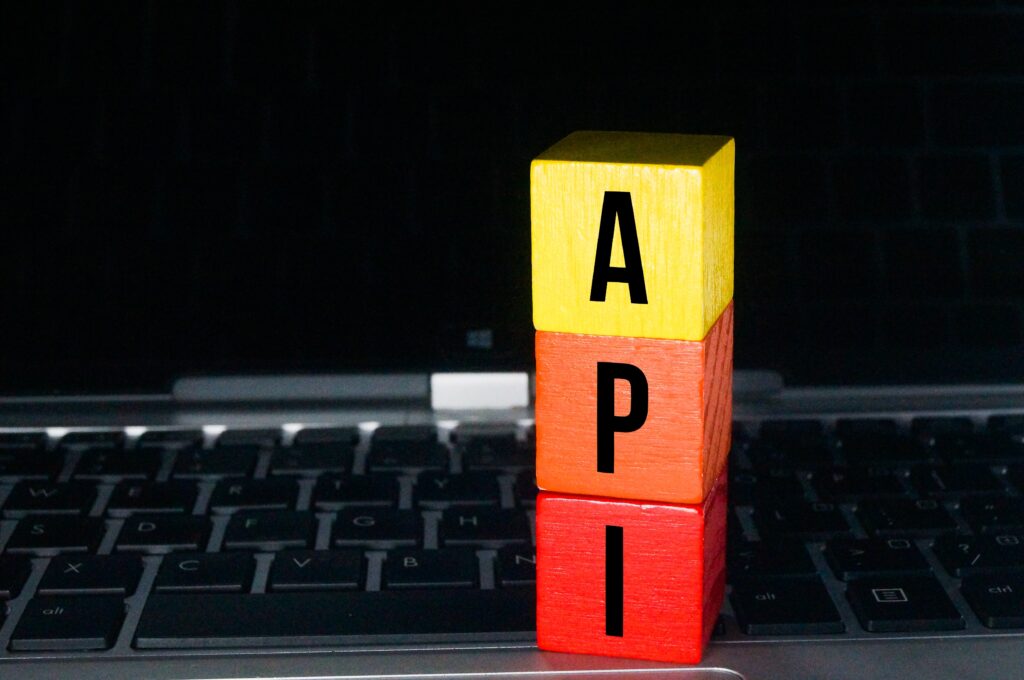Understand What an API Brute Force Attack Is
An API brute force attack is a type of attack that is launched against an API to gain access to sensitive data or systems. This attack usually begins with an automated script that attempts to guess the correct API key or password.
Avoid API brute Force Attacks: Identify Your High-Value Targets
Once you better understand how brute force attacks work, the next step is to identify your high-value targets. In the event that a hacker is able to gain access to your API, they can do a significant amount of damage.
First, you should identify which of your APIs is the most vulnerable to brute-force attacks. Then, take the necessary steps to protect these APIs from attacks.
For example, you can use an access control system to ensure only authorized users can access your APIs. Furthermore, you can use an authentication system to verify the identity of any user before allowing access to your APIs.
You should also use an IP address blacklist to prevent malicious actors from attacking your APIs. Additionally, you can implement rate limiting, which limits the number of requests allowed from any single IP address.
Lastly, you should review your logs regularly to keep track of any suspicious activity. By staying on top of any potential threats, you’ll be able to ensure the security of your APIs.
Avoid API brute Force Attacks: Use Rate Limiting
Rate limiting is a security measure determining the number of requests that can go to an API in a given period. By regulating the rate of requests, rate limiting prevents malicious actors from overloading your APIs with requests and attempting a brute-force attack.
There are two main types of rate limiting:
1. Absolute rate limiting – This rate limiting allows a certain number of requests within a specific time. You can limit the number of requests that can be made in one hour, preventing malicious actors from sending too many requests.
2. Adaptive rate limiting – This type of rate limiting auto-adjusts the rate of requests depending on the user’s behavior. Suppose a user is sending more requests than usual. In that case, the rate limit will adjust automatically to prevent them from overloading the API.
Whichever rate-limiting method you implement, ensuring your APIs are secure against brute-force attacks is essential. Rate limiting is a great way to do this, as it prevents malicious actors from overloading your APIs with requests.
Avoid API brute Force Attacks: Add CAPTCHA Protection
CAPTCHA protection is another security measure that can help protect against API brute force attacks. According to Google It stands for “Completely Automated Public Turing Test to Tell Computers and Humans Apart.”
CAPTCHA protection uses graphical tests designed to differentiate between computers and humans. These tests are usually multiple-choice questions or images of words or numbers that the user must answer or type incorrectly. It helps ensure that only legitimate users are accessing your APIs.
It is important to note that CAPTCHA protection is not 100% foolproof, and malicious actors may still be able to bypass your CAPTCHA system. In addition to CAPTCHA protection, other measures, such as rate limiting, must be implemented to mitigate this risk.
Implement Two-Factor Authentication
Two-factor authentication (2FA) is another way to increase the security of your APIs. 2FA requires a user to authenticate with two components—something they know and something they have. It could be a combination of a username and password, an email address, a cell phone number, and a security code sent via SMS.
Having two components makes it much harder for an attacker to gain access, as they need to guess two things. It is also beneficial to implement two-factor authentication. As it provides an additional layer of assurance that the user is whom they say they are.
It is important to note that 2FA only solves some of your security concerns. It would be best to use it with other security measures. Such as rate limiting and CAPTCHA protection, to maximize your protection against API brute force attacks.

Consider Using an API Gateway
API gateways provide an additional layer of security and can help protect your APIs from malicious actors. An API gateway is a layer between your APIs, and the internet acts as a gateway. It is responsible for security measures such as authentication, rate limiting, and intrusion detection.
API gateways provide a way to define policies for the APIs, allowing you to control which users can access them and when. For example, you can prevent unauthorized users from accessing your APIs or limit the number of requests a single user can make in a specific timeframe.
API gateways also make it easier to set up analytics, allowing you to monitor the performance of your APIs and any security issues or other anomalies that may arise. It gives you even more insight into how your APIs are in use and if you need to deal with threats.
Avoid API brute Force Attacks: Utilize IP Reputation Lists
IP reputation lists are one of the most effective methods for preventing brute-force attacks. It works by checking the incoming IP address of any request to your API against a list of IPs known to be malicious or belong to attackers. If an IP address is on the list, the request can be blocked before it reaches your API.
IP reputation lists are usually updated by security services and are updated regularly. Furthermore, they can generally analyze incoming requests and detect suspicious behavior, which they can block before reaching your API.
By leveraging IP reputation lists, you can reduce the amount of malicious traffic that reaches your APIs. It allows you to focus on more critical tasks, such as improving the performance and security of your API. It also reduces the risk of brute force attacks, as attackers will fail before reaching your API.
